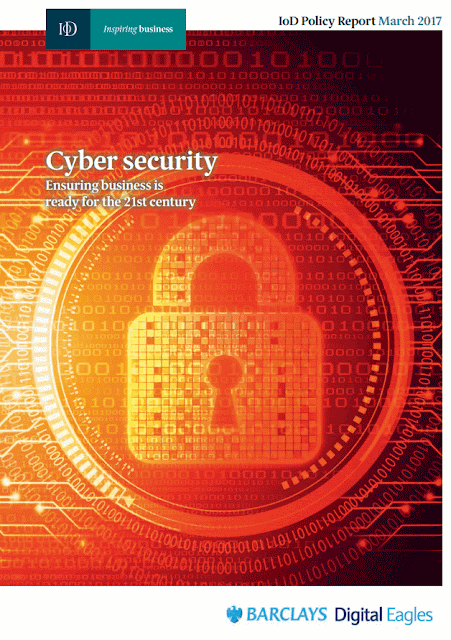Social engineering module

We've been busier than ever the past week or so, particularly with the awareness materials on social engineering. It is a core topic for security awareness since workers' vigilance is the primary control, hence a lot of effort goes into preparing materials that are interesting, informing, engaging and motivational. It's benign social engineering! The materials are prepared and are in the final stage now, being proofread before being delivered to subscribers later today. This is a bumper module with a wealth of content, most of which is brand new. I blogged previously about the A-to-Z guides on social engineering scams, con-tricks and frauds, methods and techniques, and controls and countermeasures. I'll describe the remainder of the materials soon, once everything is finished and out the door. Meanwhile, I must get on: lots to do!









